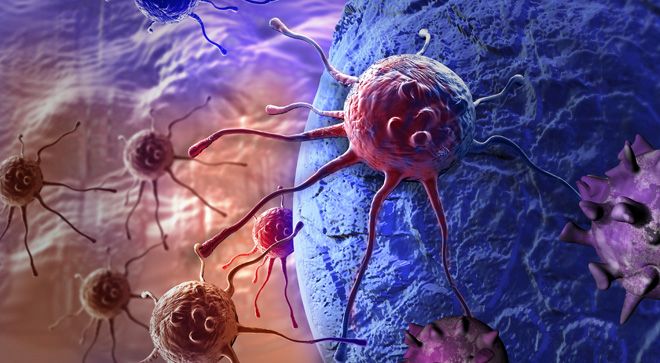News
Article
Intra-arterial Chemo May Better Outcomes for Pediatric Retinoblastoma
Author(s):
Using inter-arterial chemotherapy compared to intravenous chemotherapy may significantly improve globe salvage rates in children with advanced unilateral retinoblastoma.
Retinoblastoma is the most common type of eye cancer in children.

Intra-arterial chemotherapy has the potential to significantly improve the globe salvage rate in children who have advanced unilateral retinoblastoma compared to intravenous chemotherapy.
Retinoblastoma is a rare type of cancer that originates in the retina, or the back section of the eye, but is the most common type of eye cancer in children. During the early stages of development before a child is born, cells called retinoblasts create new cells to fill the retina. After a certain point, retinoblasts stop multiplying and mature into retinal cells.
However, when retinoblasts do not mature into retinal cells, some retinoblasts may grow uncontrollably, which develops into retinoblastoma, according to the American Cancer Society.
A study from The Lancet: Child & Adolescent Health focused on treating retinoblastoma with chemotherapy through two forms: intra-arterially and intravenously. Intra-arterial chemotherapy is defined as treatment that is directly injected into an artery or arteries. Intravenous chemotherapy is treatment that is injected directly into a vein.
In the study, 143 patients were randomly assigned into two evenly distributed groups, which included 72 participants in the intra-arterial chemotherapy group and 71 participants in the intravenous group. The trial occurred from June 2015 to June 2018 and the median age of the patients was 23.6 months.
The primary outcome for the study was the two-year progression-free globe salvage rate, meaning the study analyzed how much of the patient’s eyeball could be recovered during a two-year period when the patient lives with the disease in which the disease does not worsen.
In the intra-arterial chemotherapy group, the authors of the study found that the two-year progression-free globe salvage rate was 53% (38 of 72 patients) with a median follow-up time of 35.8 months. The intravenous chemotherapy group had a two-year progression-free globe salvage rate of 27% (19 of 71 patients) with the same median follow-up time of 35.8 months.
The study authors also found that myelosuppression was not as common in the intra-arterial chemotherapy group (37 of 72 patients), compared with the intravenous chemotherapy group (50 of 71 patients). According to the International Myeloma Foundation, myelosuppression, also defined as bone marrow suppression, is when there is a decrease in bone marrow activity, which results in reduced production of blood cells. Based on the findings, the authors of the study emphasized that between the two groups, myelosuppression was more common in the intravenous chemotherapy group than the intra-arterial chemotherapy group.
The authors determined that there were mild systemic complications in the intra-arterial chemotherapy group. They found that 3% (two of 72 patients) of the participants had ophthalmic artery occlusion (a partial or complete obstruction of the ophthalmic artery, which is a branch of an artery in the neck). The authors also established that 18% (13 of 72 patients) had ophthalmic artery stenosis (when blood clots form in the arteries in the neck and travel towards the brain, preventing sufficient blood flow).
“Our findings show that intra-arterial chemotherapy could significantly improve the globe salvage rate in children with advanced unilateral retinoblastoma compared with intravenous chemotherapy, with mild systemic complications and no difference in overall survival rate,” wrote the study authors. “Intra-arterial chemotherapy could be an acceptable first-line treatment in children with advanced unilateral retinoblastoma.”
For more news on cancer updates, research and education, don’t forget to subscribe to CURE®’s newsletters here.




